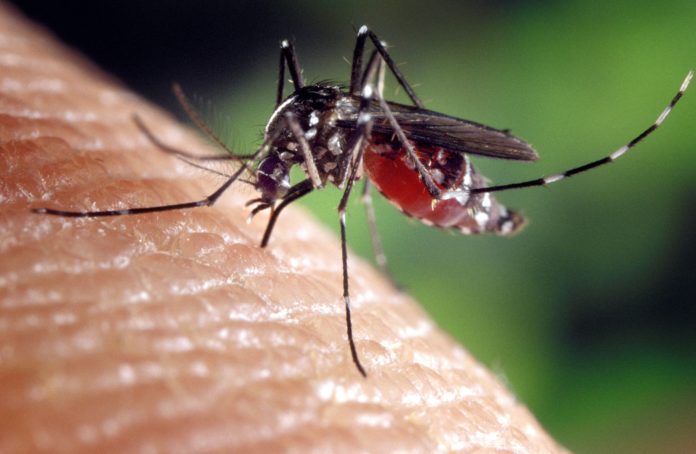Plasmodium vivax, the malaria parasite resides in bone marrow while being undetectable in blood
A Harvard study published in mBio, the journal of the American Society for Microbiology, reported that the malaria causing parasite P. vivax doesn’t only circulate in the blood; it also takes up residence in the bone marrow.
P. vivax is the malaria parasite responsible for the vast majority of infections outside sub-Saharan Africa.
Malaria is a potentially life threatening parasitic disease caused by parasites known as Plasmodium vivax (P.vivax), Plasmodium falciparum (P.falciparum), Plasmodium malariae (P.malariae) and Plasmodium ovale (P.ovale). It is transmitted by the bite of Anopheles mosquito. Plasmodium vivax accounts for about one third of total malaria cases in India and is predominantly the disease of urban areas associated with multiple relapses.
Although P. falciparum is regarded as the most lethal form of malaria accounting for 90% of deaths world over, P. vivax can also cause many debilitating symptoms.
The biomarkers used by the team to find the hidden reservoir could lead to the development of a new generation of diagnostic tools
People with P. vivax infection, who show no signs or symptoms may host undetected parasites in their marrow where the parasite grows and multiplies leading to the inability of presently available blood tests to detect the parasite.
“People with infections who are not sick are transmitting the disease before they have symptoms,” says veterinarian Nicanor Obaldia III, who co-led the study with parasitologist Elamaran Meibalan of the Harvard T.H. Chan School of Public Health in Boston, Massachusetts.
More than a third of the world’s population is at risk from P. vivax malaria and the parasite poses a significant health care burden in many regions including Southeast Asia and South America.
India has the highest malaria burden in the world outside sub-Saharan Africa. India reported about 67 lakh cases of malaria with 84 deaths in 2017, although the World Malaria Report 2017 warned that malaria surveillance system in India captured only 8% of overall cases. About 95% population in India resides in malaria endemic areas.
In the bone marrow, the parasite may remain undetectable by blood tests, and as a result, public health workers may not be able to accurately estimate the parasite burden, says senior author Matthias Marti, at the Harvard T.H. Chan School of Public Health and at the University of Glasgow. “If there is a large reservoir in the bone marrow in the absence of detectable parasites in the blood, then you may underestimate the number of people that are able to transmit the disease,” he added.
The biomarkers used by the team to find the hidden reservoir could lead to the development of a new generation of diagnostic tools that can detect the parasites that would otherwise go undetected and help public health officials get a better estimate of the disease burden.
